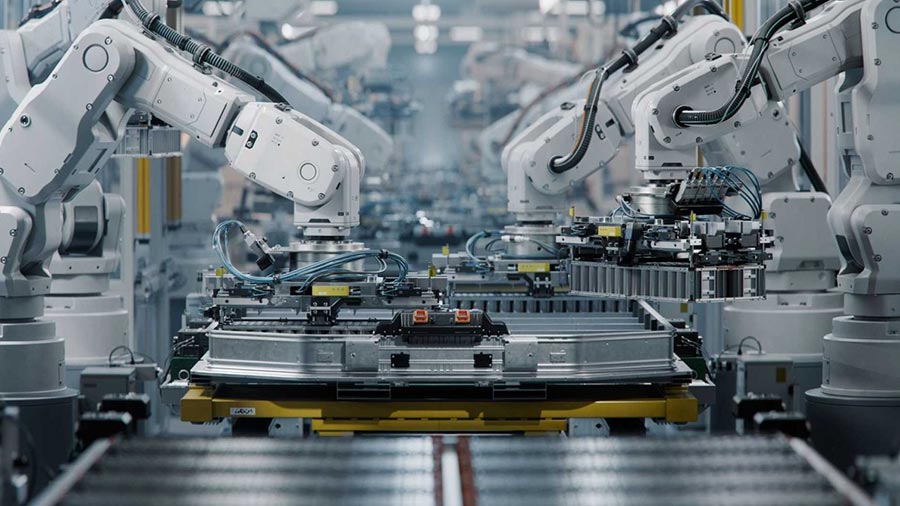China’s Money Supply Posts Fastest Increase
Jan. 14 – The central bank announced that China’s money supply increased at the fastest rate in seven months as M2 was eased to boost the economy.
M2 represents money and other items considered to be close substitutes for money. It is a vital economic indicator used to forecast inflation and is the broadest measure of money supply. China’s M2 climbed by 17.8 percent in December compared to last year’s figures and increased from November’s 14.8 percent growth.
According to Shanghai Daily, the supply of new yuan was at the highest in 11 months to reach RMB771.8 billion. New-yuan lending also reached its second highest level since April 2003 when new-yuan loans grew by RMB4.91 trillion last year, up by RMB1.28 trillion from 2007.
Industrial Bank Chief Economist Lu Zhengwei told Shanghai Daily that the ballooning credit growth, along with government measures contributed to shoring up money supply.
During the wake of the global credit crisis last year, the central government announced a huge RMB4 trillion stimulus package to help the country weather the downturn. The package includes encouraging state-owned banks to add credit support to infrastructure projects. This also led to the central bank changing its monetary policy from tight to moderately easing by the end of the year.
More so, the government lifted credit quotas and the reserve requirement ratio and slashed interest rates to stimulate liquidity in the economy.
“After analysis, we found that most of the newly added lending is for government-backed projects or bank bills whose risks are relatively low, indicating that banks are still cautious and conservative in issuing credit,” said Lu. “Credit will very likely remain stagnant in the second half of this year.”
Lu added that the central bank would probably decreased the reserve requirement further by 50 percentage points and decrease interest rates by 27 percentage points.
Since September, the central bank has cut interest rates five times and decrease the one-year benchmark lending rate by 1.89 percentage points to 5.31 percent. The country’s top banks now have a reserve ratio of 15.5 percent while city-level commercial banks will be allowed a below 13.5 percent reserve requirement.
- Previous Article China’s Central Bank Intensifies Campaign against Fake Money
- Next Article China Cuts Gas Prices and Surcharges on Domestic Flights



























